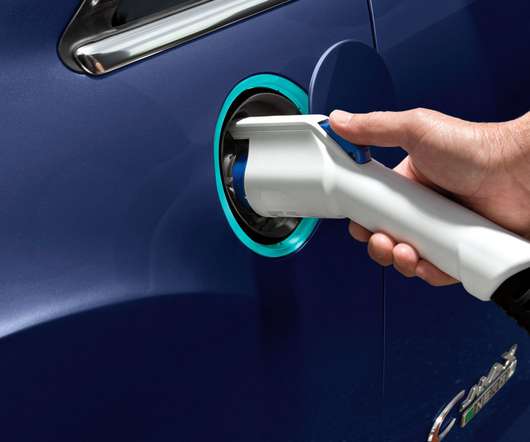Tech: How do Hybrid & Plug-in Hybrid Batteries Recharge? Do I Need to Plug a Hybrid In?
Clean Fleet Report
JANUARY 24, 2023
But the mass market was confused; these new cars had an additional battery to provide electricity to an electric motor. For the uninformed, the question was: Does the battery need to be plugged in to a hybrid car charger ? This is accomplished by using a much larger, more powerful lithium-ion battery pack.



















Let's personalize your content